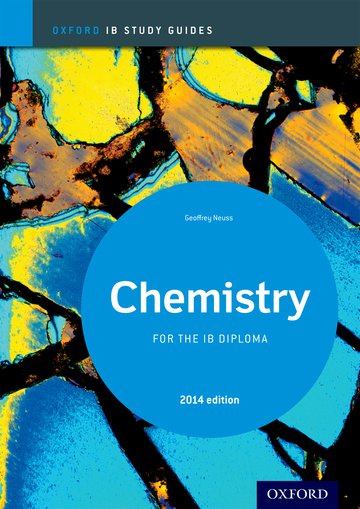Biochemistry & the environment

 B.6 Biochemistry & the environment (2 hours)
B.6 Biochemistry & the environment (2 hours)
Pause for thought
.png)
Photograph taken in the Vietnam War museum in Ho Chi Minh City
It is generally well known that dioxins, which were made infamous by the spraying of Agent Orange during the Vietnam War, are highly toxic. They can be formed when persistent organic pollutants (POPs) are combusted at insufficiently high temperatures and the rules surrounding industrial waste incinerators are now very stringent.
Perhaps less well-known, but equally toxic, are the rather similar PCBs. There are 209 possible configurations for polychlorinated biphenyls with the general formula C12H(10-x)Clx, of which about 130 have been used commercially. Although they are now banned they were used extensively as a coolant fluid in transformers and capacitors. This is because they reduced the chances of electrical fires occurring due to their high thermal stability and their high electrical resistance. However, although they are no longer used, they persist in the environment and are fat-soluble so also undergo biomagnification. This is a particular problem with fish farming. Farmed salmon contain up to five times as much PCBs as wild salmon. This is thought to be due to the fact that they are fed on ground-up fish, which are already high in PCBs. Because of these high levels of PCBs the Environmental Protection Agency in the USA recommends that people should not eat more than one helping of farmed salmon per month.
Nature of science
Scientists have the responsibility to consider ways in which the products of their research and findings have a negative impact on the environment, and to find ways to counter this. For example, the use of enzymes in biological detergents and to break up oil spills, and green chemistry in general.
Learning outcomesAfter studying this topic students should be able to: Understand:
Apply their knowledge to:
| Clarification notesStudents are not expected to know the specific names of “green chemicals” such as solvents. International-mindednessThe term 'green chemistry', which was first coined in 1991, and the acceptance of its philosophy has led to developments in education and legislation in many different countries. Most countries have banned the use of the pesticide DDT due to its toxic effects and biomagnification. It does, however, continue to be used in countries where malaria remains a major public health challenge. |
Teaching tipsThis is an important topic but one that is difficult to teach, as ultimately it tends to be rather factual and requires the students to learn the information rather than deduce much of it. The only calculations they might be asked to perform are on the atom economy of a reaction or possibly interpreting a graph that shows biomagnification. Other examination questions on this sub-topic are more likely to be of the ‘describe’ or ‘explain’ variety. There are really several different sub-headings to cover and it may be good to get students to choose one to research, either individually or in small groups, and report their finding to the rest of the class. These sub-headings are xenobiotics, biodegradability (including biodegradable plastics and the use of enzymes in detergents), host-guest chemistry, biomagnification and green chemistry. Many of the classic examples are worth covering. For xenobiotics include DDT, PCBs, PCCDs, heavy metals and antibiotics. Use incidents and examples to illustrate the effects on the environment. These might include the Deepwater Horizon disaster (to illustrate the use of enzymes in cleaning up oil spillage) and the effect that the biomagnification of DDT had on birds of prey. | Study GuidePage 132 QuestionsFor ten 'quiz' questions (for quick testing of knowledge and understanding with the answers explained) see MC test: Biochemistry & the environment. For short-answer questions see Biochemistry & the environment questions together with the worked answers on a separate page Biochemistry & the environment answers. Vocabulary listxenobiotic |
Teaching slides
Teachers may wish to share these slides with students for learning or for reviewing key concepts.
Other resources
1. Rachel Carson first brought biomagnification into the spotlight in her book 'Silent Spring', first published in 1960 - particularly the problems with using the pesticide, DDT. This is an interesting historic account of her work.
![]() Pesticides, DDT and Silent Spring
Pesticides, DDT and Silent Spring
2. A rather fast-talking video on how oil spills can be cleaned up.
3. How biodegradable is biodegradable plastic?

 IB Docs (2) Team
IB Docs (2) Team 



















